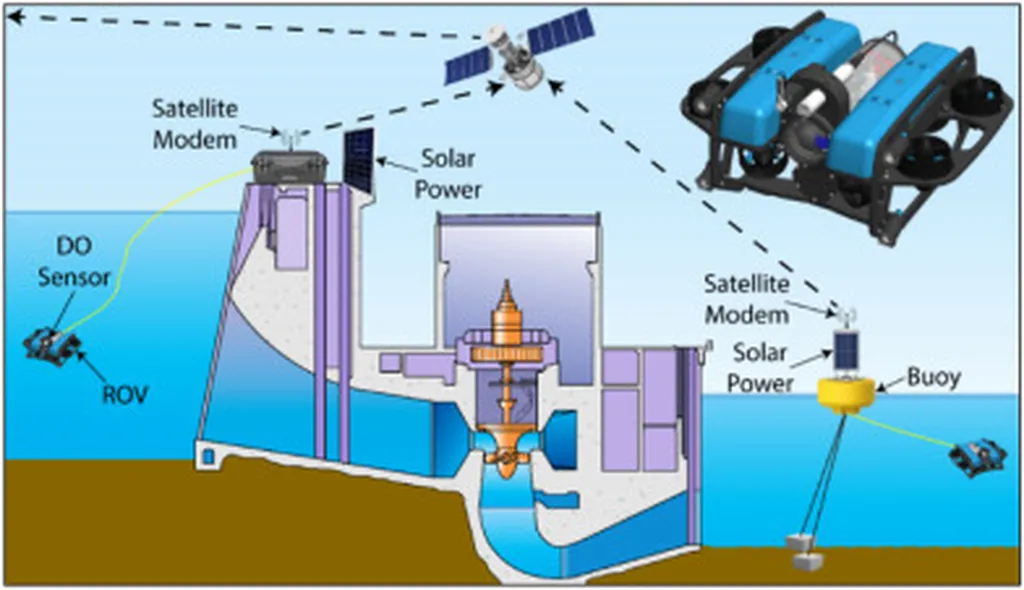In the heart of China’s Guizhou Province, a quiet revolution is taking place, one that could reshape the future of hydropower and the broader energy sector. Tingxiang Cao, a researcher at the Western Maintenance and Testing Branch of Southern Power Grid Energy Storage Co., Ltd., is at the forefront of this transformation, leading a charge toward the digitalization of hydropower within the framework of the Energy Internet. His recent review, published in the journal *Frontiers in Water* (translated to English), offers a compelling glimpse into the technologies driving this evolution and their potential commercial impacts.
The Energy Internet, a concept gaining traction globally, envisions a future where energy systems are interconnected, intelligent, and optimized through digital technologies. For hydropower, a renewable energy cornerstone, this paradigm shift promises enhanced efficiency, stability, and sustainability. Cao’s research highlights several key technologies that are making this vision a reality.
At the heart of this digital revolution are smart monitoring systems, powered by Internet of Things (IoT) sensors and big data analytics. These technologies enable predictive maintenance, reducing downtime and operational costs. “By leveraging real-time data, we can anticipate equipment failures before they occur,” Cao explains, underscoring the commercial benefits of these advancements.
Another groundbreaking application is the implementation of digital twins—virtual replicas of physical assets that allow for real-time monitoring and simulation. These digital twins enable optimized real-time dispatch and equipment prognostics, further enhancing operational efficiency. “Digital twins provide a sandbox environment where we can test different scenarios and optimize our operations without disrupting the physical system,” Cao adds.
Sophisticated water resource scheduling is another area where digitalization is making waves. By integrating diverse datasets—meteorological, hydrological, and grid demand—hydropower plants can maximize utilization efficiency. This not only boosts energy output but also minimizes ecological impacts through intelligent flow control and habitat design simulation.
However, the shift toward digitalization is not without its challenges. Security is a paramount concern, and Cao emphasizes the need for robust measures adhering to industrial control standards like IEC 62443. Redundant network architectures, such as dual-active or independent operation systems, are often employed to ensure safety and continuity.
Looking ahead, Cao sees significant opportunities for advancement. “Interoperability, next-generation predictive digital twins, edge computing, advanced communication infrastructure, and cybersecurity resilience are all critical areas for future development,” he notes. These advancements could further enhance the efficiency and reliability of hydropower systems, making them more competitive in the global energy market.
The research published in *Frontiers in Water* underscores the transformative potential of digitalization in the hydropower sector. As the Energy Internet framework gains momentum, these technologies could pave the way for a more sustainable and efficient energy future. For the energy sector, the commercial implications are profound, offering new avenues for innovation and growth. As Cao’s work demonstrates, the digital revolution in hydropower is not just a technological evolution—it’s a strategic imperative for the future of energy.

